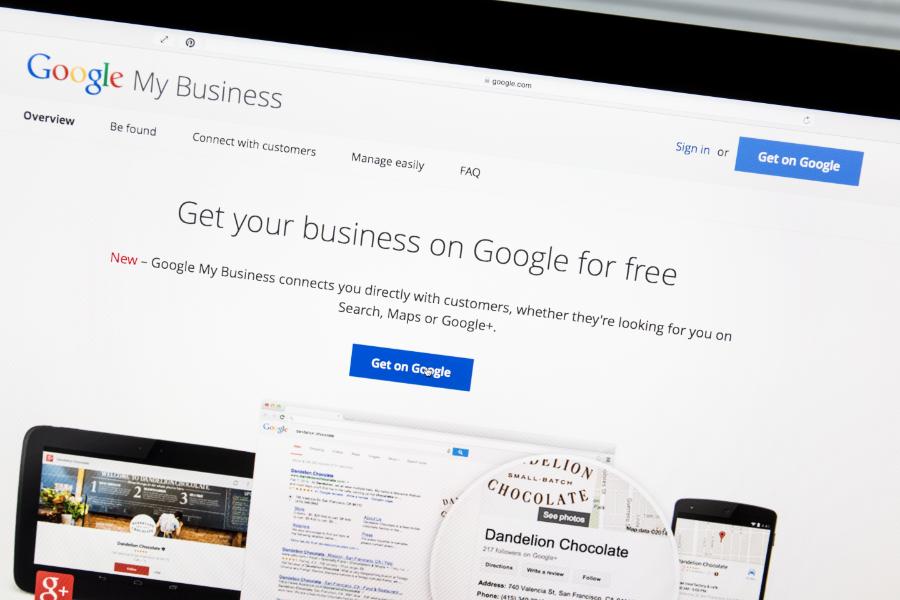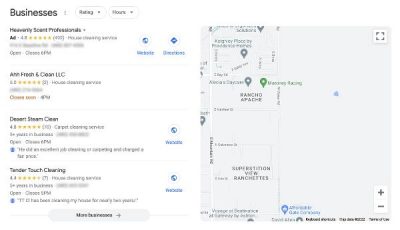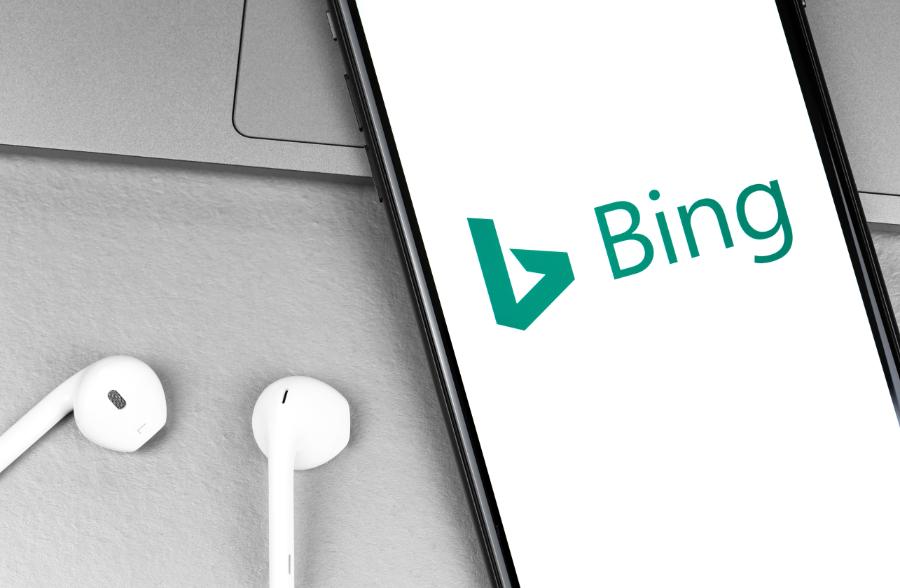
If you’re wondering how to run ads on Google My Business, you’ve come to the right place. This article covers topics such as Optimizing your Google Business Profile, Targeting the right audience for remarketing ads, and Setting up a relevant landing page before you start a Google Ads campaign.
Optimizing your Google Business Profile
You can increase your sales by running ads on Google, especially if you are targeting potential customers in your local area. You can target your ads by location, age, keywords, and time of day. You can also choose to show ads only during certain hours, such as Monday through Friday from 8 AM to 5 PM.
Before you start running ads on Google, you need to create a Google Business Profile for your company. This profile is like a directory where customers can find your business. The listing includes contact information, hours, and a website link. It also allows you to write reviews and messages to attract potential customers. Make sure your Google Business Profile contains compelling information about your business. Be sure to target your ads to the audience that is interested in your services and products. Try to target customers who have visited your website for at least 10 seconds. You can also use Google Analytics to determine who your audience is.
Once you have set up your Google account, you can start creating your first campaign. Next, you need to choose a budget and target audience. Finally, you need to choose a daily budget for your ad campaign. Then, you can write your ad copy and publish it on Google. Once you’ve completed this process, you can continue running your ads.
While running ads on Google My Business is free, you can also choose to use Smart Campaigns, which help you reach more potential customers. These ads are similar to Google Ads, but they only cost what you use. This type of ad is unique because it uses local search settings and Google Maps to help your business appear on more pages. To create a Smart Campaign, you must link your Google account with your GMB account.
You can create location extensions and use curated locations to target specific areas. With location targeting, your ads will show up where your customers are most likely to be. Then, you can edit the settings to see which locations are showing your ads.
Targeting the right audience for remarketing ads
 If you want to maximize your remarketing ads on Google, you must be able to target the right audience. One group that should be targeted is those who have browsed through your product pages. You can do this by setting up relevant event tags on your site and making sure that you include them on all relevant pages. Another group would be those who have visited your sales page, but did not buy.
If you want to maximize your remarketing ads on Google, you must be able to target the right audience. One group that should be targeted is those who have browsed through your product pages. You can do this by setting up relevant event tags on your site and making sure that you include them on all relevant pages. Another group would be those who have visited your sales page, but did not buy.
You should also consider remarketing lists based on your AdWords activity. You can use these lists to target users with similar traits. For example, if you have a Facebook account, you can use that list to target people who follow it.
The process of targeting audiences on Google my business is relatively simple. Simply go to the Audiences segment module under the page menu and click on Edit audience segments. You can now select the ad group you want to target by clicking on the corresponding drop-down box. You can also use the Search option to find specific ad groups.
Remarketing ads on Google my business are particularly effective if they target the right audience. By linking Google Analytics with Google Ads, you can measure the success of your ads and their impact on user behavior. You can use this information to improve your ads and maximize your ROI.
To improve your remarketing campaign, you should learn more about your audience. Using UTM tags will help you know which ad is most effective and how much your audience responds to your offers. In addition to using UTM tags, you should also consider the different campaign types available.
If you are a company that sells products or services regularly, you should target a repeat purchaser audience. After all, this group represents the most valuable customers for you. And because these customers are cheap per person, you should never stop advertising to them. If you want to maximize your return on investment, you should consider including these past purchasers as well.
To get the most out of your remarketing campaign, make sure your ads are relevant and offer a great user experience. You must also be able to target your audience to ensure maximum conversions. This will help you increase your CTR while reducing your CPC.
Setting up a relevant landing page before creating a Google Ads campaign
Setting up a relevant landing page is critical for the success of your Google Ads campaign. It is where visitors will land once they click on your ad, and where you can convert them into customers. A good landing page will have a clear call to action, relevant content, and engaging images or videos.
A good landing page should be mobile-friendly and deliver on the promises you make in your ad. For example, if your ad promises a discount on a particular product or service, you should provide the link to that specific page. In addition, a good landing page should have a form for a lead to complete.
 Your landing page should also include a compelling headline. It should speak to the benefits of your offer and answer the question “So what?” Your headline is the most important part of the copy, and some people will only read it. This means that your copy must convince visitors to click on your ad and buy from you.
Your landing page should also include a compelling headline. It should speak to the benefits of your offer and answer the question “So what?” Your headline is the most important part of the copy, and some people will only read it. This means that your copy must convince visitors to click on your ad and buy from you.
A good landing page should contain a prominent call-to-action (CTA) that matches the headline of the ad. For example, if your ad is about a meditation system, your landing page should contain the phrase “breakthrough meditation system.” While this may seem like a lot of work, it is a vital step to ensuring that your ads are effective.
A relevant landing page will drive sales, subscriptions, and other objectives. Visitors spend only a few seconds on your landing page before abandoning it. It needs to entice them to stay on the page and take the desired action, whether it’s a form or a product purchase.
Ensure that your landing page is responsive on mobile devices. This is crucial as a slow-loading landing page can lead to a significant loss of business. Testing your landing page with a variety of different variations will increase conversion rates. It’s also vital to test the headline, layout, CTA, and form length.
When creating a Google Ads campaign, you’ll need to make sure that your landing page targets the needs and wants of your target audience. While you’re creating each ad, it’s important to keep in mind that each ad group will have different keywords, so it’s important to have a landing page that addresses those needs and wants.
Optimizing your bid model
Optimizing your bid model is crucial to the success of your ads. This is because it will decide the type of audience you will target and how you will collect bid money. There are also different campaign types which require different information. For example, a search campaign is designed to generate leads for your business. It will show your ads across several networks and can be targeted to certain languages and audiences.





